My plan for a secure diplomatic military base for Libya
In my following diagram, the US and allied embassies would be situated in the central base, the green zone.
The features of the diagram are similar for any kind of military base whatever you are defending inside.

Click for LARGER image
This diagram shows my suggested layout for the perimeter defences for a military base.
Explanation of the diagram features.
Base - the green area in the diagram represents the central well-defended area of the military base, where various buildings, vehicles and personnel of the base are normally situated.
Machine-gun emplacements - the red and pink dots which encircle the base at a distance of about 6 miles or 10 kilometres from the edge of the central Base, represent static, armoured fortifications or "pillboxes" for one machine gun and its 3-man team of gunners. The spacing between adjacent pillboxes is about 333 metres or 333 yards.
The plan calls for one team of gunners per pillbox serving on base. The gunners are organised into 3 duty shifts of at least 8 hours and so normally only 1 in 3 of the pillboxes will be manned at any one time. The gunners spend their off-duty time in the central Base where their quarters are situated.
If, when and where the perimeter defences are attacked by the enemy, the off-duty gunners can be called back on emergency duty as required by their officers.
Infantry barriers - barbed wire and anti-personnel mines to stop enemy infantry from advancing into the centre of the base.
Vehicle barriers - obstacles and anti-tank mines which prevent enemy vehicles from advancing into the centre of the base.
Reaction Force Zone - Quick reaction forces deploy in armoured vehicles from the central base into the Reaction Force Zone to fire at enemy attacking forces.
Threat Zone - A circumferential military zone around the perimeter defences where the base defenders may assume a hostile intent on the part of uninvited intruders into the Threat Zone and from where locals are forbidden and variously warned off from intruding upon. This land is occupied or leased to the military base and is closely watched using surveillance technology. Warning shots or sub-lethal rounds may be fired upon suspected innocent intruders and identified enemy forces can be fired upon to kill without warning.
The diagram represents a Threat Zone which extends to 10 miles / 16 kilometres from the edge of the central Base. The plan therefore recommends that it is inappropriate to site a well-defended base within 10 miles of an urban area or a public highway which would cause local people and local traffic to enter into the defined Threat Zone routinely making the early detection of real threats difficult to distinguish.
A large Threat Zone is desirable for security purposes because it makes for a safer perimeter defence but does add significantly to the land requirements of the base therefore the availability of a wide area of undeveloped land is ideal when choosing a location for the construction of a new military base.
Some existing military bases are located close to urban areas where a large Threat Zone cannot be defined and this is likely to make such bases much less secure.
Access road Road to access the base from the surrounding road network.
STOP police control barrier Military police stop traffic wishing to enter the base and perform final checks that visitors and loads are authorised to proceed. The control barriers prevent terrorists driving off the road and prevent vehicles proceeding without permission.
The control barrier fortifications need to be very robust so as to survive an enemy truck bomb.
Trust Zone People, vehicles or buildings in the Trust Zone which is everywhere outside of the Threat Zone are assumed to be trustworthy and non-threatening in so far as the base defenders are concerned.
People in the Trust Zone are assumed to be respecting the base's security and the base defenders treat people in the Trust Zone with the same mutual respect for their own security.
Protestors
Protestors who wish to demonstrate for whatever reason their political viewpoints are allowed to approach the base as far as the Warning Line which surrounds the Threat Zone but it is the responsibility of the local authorities to ensure that protestors do not intrude into the Threat Zone without invitation otherwise a hostile intent may be assumed and defensive actions taken.
Defence force For the smallest bases, this plan calls for a defence force of three serving companies of gunners - one company for each of the 3 shifts.
One company needs at least 200 gunners and their officers so 3 companies total at least 600 gunners and their officers. In addition, military and support personnel are needed for other duties such as policing visitors, cooking, vehicle and plant maintenance engineers, medical, supplies storage & management, camp tidying up, latrine digging, reserves etc.
The defence force required would be of an infantry battalion size of perhaps of about 800 soldiers / marines and support personnel in total and so the base defence force commander would likely be ranked at Lieutenant Colonel or higher.
For larger bases with central Base areas that could be miles wide, such as military air bases that require aircraft runways, the lines of perimeter defences would need to be longer and so more gunners etc would be required.
Low profile
A military base like the one I describe can still be reasonably low profile if it is situated somewhere out of sight and out of mind, such as in the Libyan desert somewhere south of the coastal road between Tripoli and Benghazi.







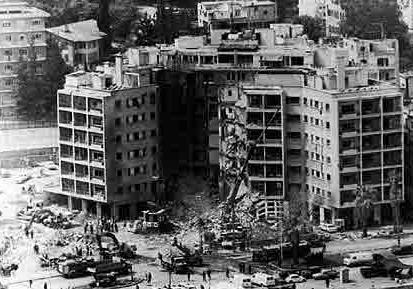
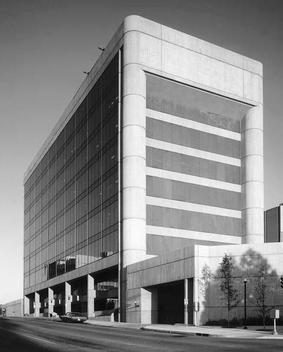
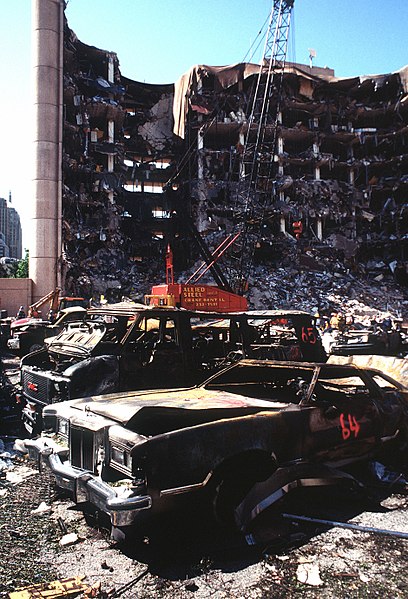






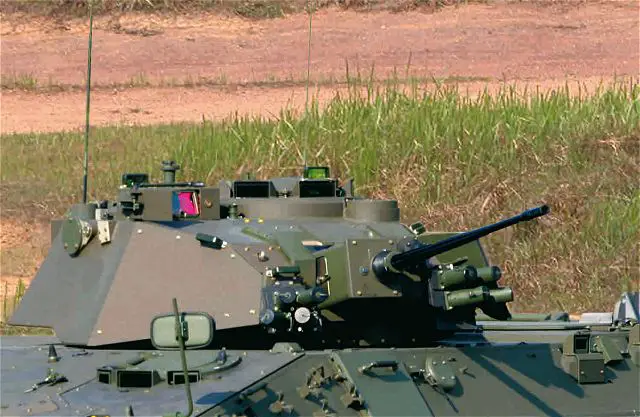
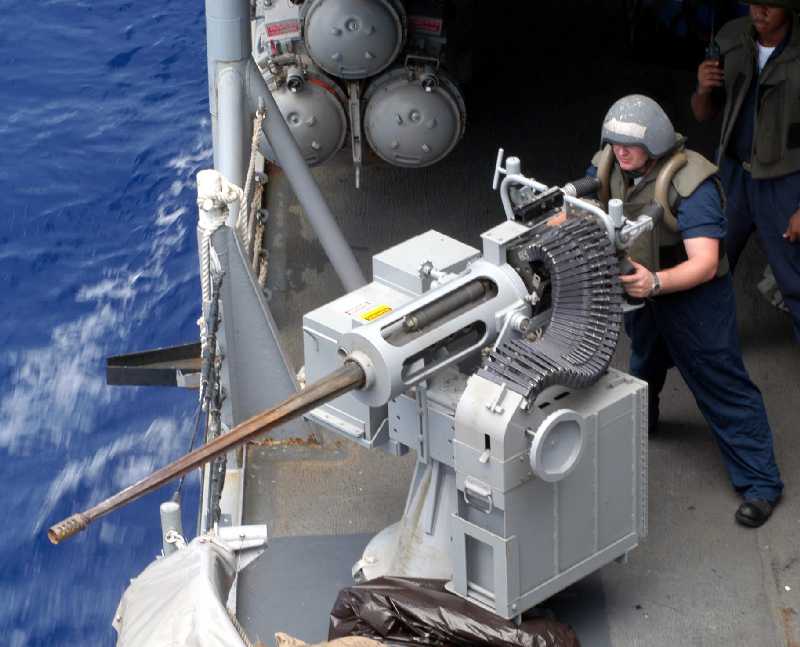








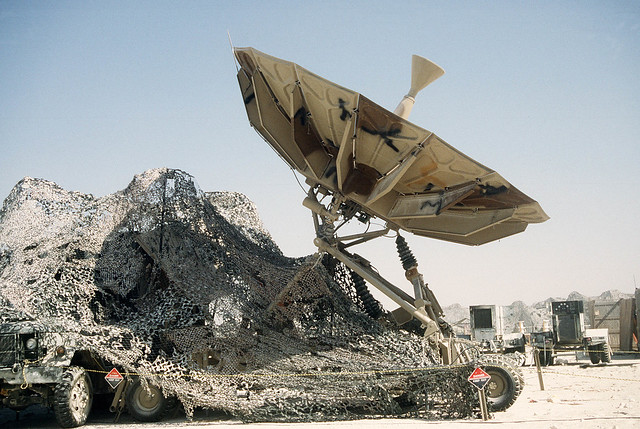




Bookmarks